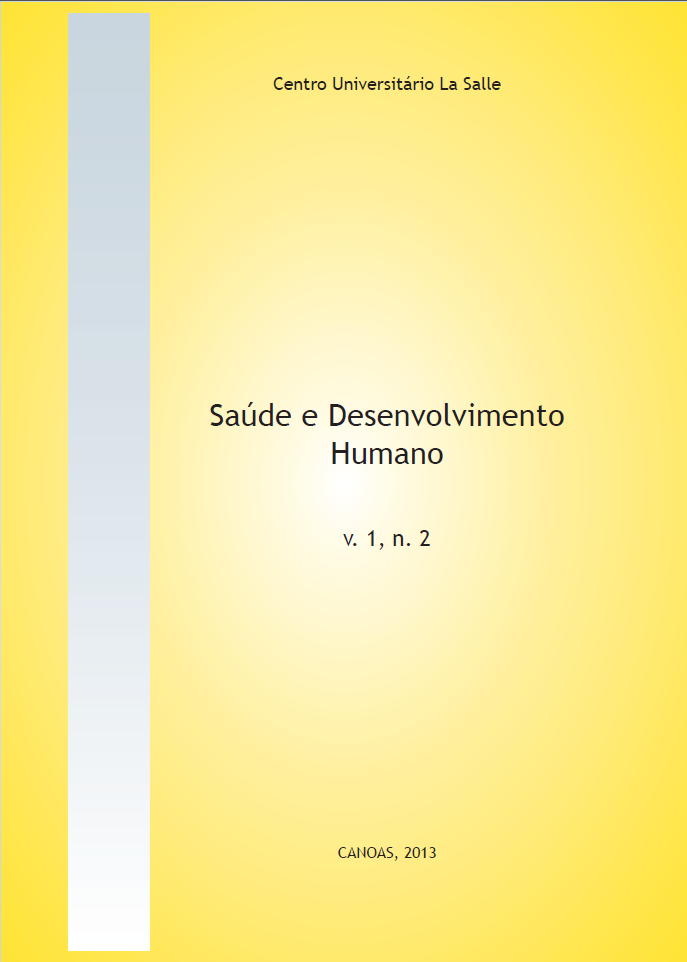Non-human caregivers: The difficult task of guide dogs
DOI:
https://doi.org/10.18316/1227Keywords:
Visually Impaired Persons, Caregivers, Animals, Personal AutonomyAbstract
The World Health Organization understands health as a state of complete physical, social, and mental well-being and not only the non-presence of illnesses. Thanks to that, health became a human being’s fundamental right, a collective value; therefore, we should enjoy it individually and share it socially with everybody. This access to comprehensive health becomes difficult for people who have limitations, such as the visually impaired, who need the presence of a caregiver. These limitations are also mitigated by non-human caregivers. They dedicate themselves to the task of allowing human beings to become integrated in the society, living an autonomous life, as it is recommended by the WHO. The objective of this article is to propose a reflection on the importance of the respect regarding to the visually impaired who ally themselves to the character of the guide dog, making this topic incredibly relevant within our society. Bibliographical review was the employed methodology for this article. Guide dogs represent the eyes of their tutors, being their caregivers. In order to be ensured a real social inclusion of the visually impaired, it is necessary that the society respects the laws that guarantee the rights of this category, which includes the knowledge and respect to the figure of the guide dog when present.References
Zoboli ELCP. A redescoberta da ética do cuidado: o foco e a ênfase nas relações. Rev Esc Enferm. 2004; 38(1): 21-7.
Ministério da Saúde (Brasil). Guia prático do cuidador. Brasília: Ministério da Saúde; 2008.
Instituto de Responsabilidade e Inclusão Social. História dos cães-guia [Internet]. São Paulo;
[acesso em 2013 ago. 11]. Disponível em: http://www.iris.org.br/historia.asp
The Guide Dogs for the Blind Association. The history of guide dogs [Internet]. Burghfield; 2013 [acesso em 2013 ago. 11]. Disponível em: http://www.guidedogs.org.uk/aboutus/guide-dogs-organisation/history/#.UggXEtLVBEg
Guide Dogs of America. Breeds and matching process [Internet]. Sylmar, CA; 2013 [acesso em 2013 ago. 11]. Disponível em: http://www.guidedogsofamerica.org/1/programs/training-breeding/breeds-and-matching-process/
Instituto de Responsabilidade e Inclusão Social. Processo de treinamento [Internet]. São Paulo; 2004 [acesso em 2013 ago. 11]. Disponível em: http://www.iris.org.br/treinamento.asp
Assistance Dogs International. Training stardards [Internet]. Santa Rosa, CA; 2013 [acesso em 2013 ago. 13]. Disponível em: http://www.assistancedogsinternational.org/standards/assistance-dogs/standards-for-dogs/training-standards-for-guide-dogs/
The Guide Dogs for the Blind Association. Training guide dogs. UK; 2013 [acesso em 2013 ago. 11]. http://www.guidedogs.org.uk/aboutus/whatwedo/training/#.UggOidLVBEg
D’Amaral TC. Sem cerca de arame farpado [Internet]. Brasília: Instituto de defesa dos direitos das pessoas portadoras de deficiência; 2004. [acesso em 2013 ago. 11]. Disponível em: http://www.senado.gov.br/atividade/pronunciamento/detTexto.asp?t=350724
Brasil. Presidência da república, Subchefia para assuntos jurídicos. Constituição da república federativa do Brasil de 1988. Diário oficial da República Federativa do
Brasil. 5 de outubro de 1988. [acesso em 2013 ago. 11]. Disponível em: http://www.planalto.gov.br/ccivil_03/constituicao/constituicao.htm
UNESCO. Declaração universal sobre bioética e direitos humanos. Lisboa: Comissão nacional da UNESCO (Portugal); 2006. [acesso em 2013 ago. 11]. Disponível em: http://unesdoc.unesco.org/images/0014/001461/146180por.pdf
USA. United States Congress. Americans with disabilities act of 2008. September 25, 2008. [acesso em 2013 ago. 11]. Disponível em: http://www.jan.wvu.edu/links/adalinks.htm
Australian. Office of Parliamentary Counsel. Disability discrimination act of 1992. [acesso em 2013 ago. 11]. Disponível em: http://www.austlii.edu.au/au/legis/cth/consol_act/dda1992264/
Brasil. Presidência da República, Subchefia para Assuntos Jurídicos. Lei n°11126 de 27 de junho de 2005. Diário oficial da República Federativa do Brasil. 27 de junho de 2005 [acesso em 2013 ago. 11]. Disponível em: http://www.planalto.gov.br/ccivil_03/_ato2004-2006/2005/Lei/L11126.htm
Brasil. Presidência da República, Subchefia para Assuntos Jurídicos. Decreto n°5904, de 21 de setembro de 2006. Diário oficial da República Federativa do Brasil. 21de setembro de 2006. [acesso em 2013 ago. 11]. Disponível em http://www.planalto.gov.br/ccivil_03/_ato2004-2006/2006/Decreto/D5904.htm
Rollin BE. Animal rights and human morality. New York: Prometheus Books; 1992. p. 216-217.
Griffin DR. Ethology and animal minds. In: Regan P, Singer P. Animal Rights and Human Obligations. 2.ed. New Jersey: Prentice-Hall; 1989. 51-59.
Sztybel D. Distinguishing animal rights from animal welfare. In: Bekoff M, Meaney CA. Encyclopedia of animal rights and animal welfare. Westport: Greenwood Press; 1998. 43-45.
Feijó AGS. Utilização de animais na investigação e na docência: uma reflexão ética necessária. Porto Alegre: EDIPUCRS; 2005.
Brambell RWR. Report on the Technical Committee of Enquiry into the Welfare of Animals kept under Intensive livestock Husbandry Systems. London: HM Stationery Office; 1965.
Vivaldini VH; Oliveira VB. Terapia Assistida por Animais em Reabilitação Clinica de Pessoas com Deficiência Intelectual. Bol. Acad. Paulista de Psicologia. 31(81): 527-44.
Carvalho CF.; Assis LS; Cunha LPC. Uso da atividade assistida por animais na melhora da qualidade de vida de idosos institucionalizados. Rev. Em Extensão. 10(2): 149-155.
Downloads
Published
Issue
Section
License
Authors who submit their manuscripts to be published in this journal agree to the following terms:
- Authors retain copyright and grant the journal right of first publication with the work simultaneously licensed under the Creative Commons Attribution License that allows the sharing of work and recognition of its initial publication in this journal.
- By virtue of the articles appearing in this open access journal, articles are free to use, with proper attribution, in educational and non-commercia.


